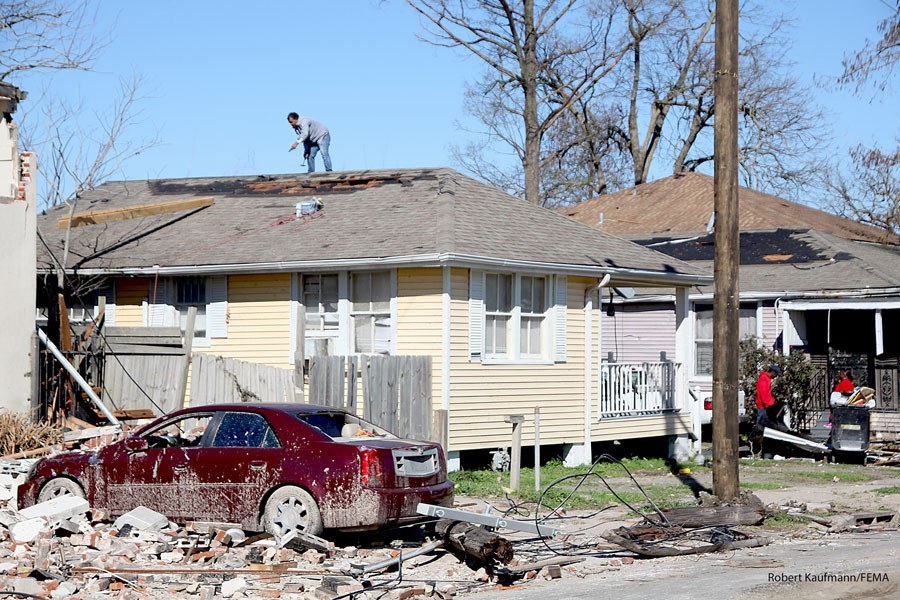

Stateline News released an excellent three-part series explaining the changing landscape of disaster planning, mitigation, and recovery in America. Often these subjects are approached using different strategies. We propose that they are, and should be, connected.
